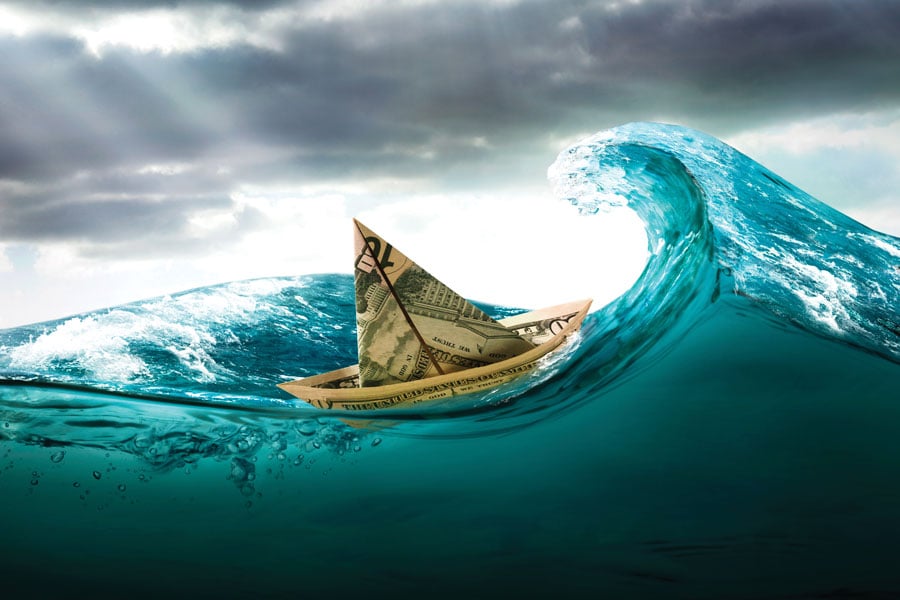While there is no way to know with certainty when the
next economic recession will hit the U.S. economy, it is certain that the U.S. is enjoying the longest period of economic expansion in modern history. And the arguments to support a pending
recessionary pullback continue to mount.
The most recent vivid example was the inverted yield curve in early August that saw 10-year Treasury bond yields fall below those of 2-year Treasury bonds, which sent the stock market into a brief freefall.
Historically, an inverted yield curve has signaled a recession within the next 12 to 18 months. But most advisers believe there are other factors to consider right now.
"We're not running around catastrophizing everything, wondering if there might be a trade war with China and if we might be going into a recession," said Robert DeHollander, financial planner at DeHollander & Janse Financial Group. "We don't see a lot of data that indicates significant economic deterioration. We're in a watch-but-not-worry phase right now."
A
recession, defined as a drop in gross domestic product for at least two successive quarters, is a sometimes-elusive concept that is often felt months before it becomes official. It's also often over before the federal government declares its specific existence.
In addition to an
inverted yield curve, other recessionary indictors include stock market corrections, the U.S. Federal Reserve raising interest rates, and the unemployment rate matching up with the inflation rate.
"Typically, markets will be turning south well in advance of a recession, and the markets can already be in recovery by the time a recession starts," said Jeffrey Powell, chief investment officer at Polaris Greystone Financial Group.
[
Recommended video: Biggest changes advisers should make to be successful in the future]
The Great Recession of 2009, for example, lasted 18 months from December 2007 through June 2009. But in the middle of it there were two separate bear markets for stocks. The first started in October 2007 and ran to November 2008, during which the S&P 500 Index lost 51.9%. After a short rebound, the S&P entered another bear market run from January to March 2009, when it lost 27.6%.
Ultimately, you can't just stand around waiting for the government to report two quarters of negative GDP to start preparing for a recession, Mr. Powell said.
[Don't miss our
Women Adviser Summit — coming to San Francisco.]
With that in mind, use the stories on the following pages to examine whether your clients, their investments, and your business are prepared for a recessionary cycle.







